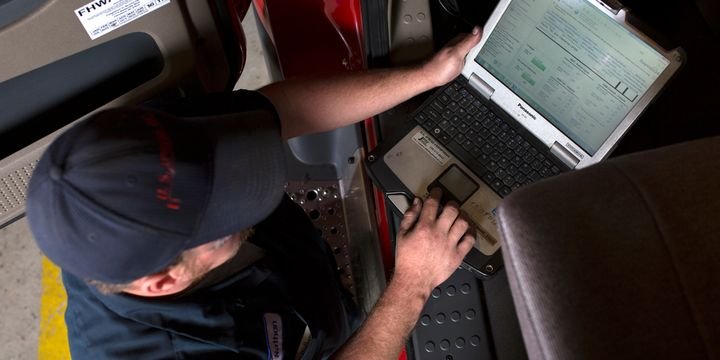
Today’s truck engines are more complex than ever due in part to integrated electronics. While this may cause gearheads to bristle, modern engines provide customization to adjust performance and save on fuel costs. Instead of using a wrench, you use software to make changes to truck engine functionality.
The Advantages of Using Software to Tweak an Engine
The best part is that many engine settings can be tweaked remotely, opening up more possibilities for fleet managers and maintenance techs. Whether a truck is home or away, you can use telematics to gather information about truck engine performance and make adjustments to improve efficiency depending on the load, driving conditions, and other factors.
In the end, this means more money saved on fuel costs and maintenance while also opening up the possibility to automate some logistics functions. Some fleet managers have reported fuel efficiency gains by 20% simply by tweaking engine settings using the software.
Before You Get Under the Virtual Hood
While there are many advantages to using software to tweak an engine’s settings, actually making the changes takes more than the ability to turn on a computer. Unless you know what you’re doing, it’s often best to leave engine tweaks to dealers or manufacturer tech support.
Making changes without understanding how to revert them is also a potential danger. Once a change is made, it can go on to affect other components as well. This means that whoever is tweaking the software needs to understand the networking of components within the engine.
Checking Your Settings
Many truck manufacturers incorporating digital maintenance tools allow customers to specify particular settings before shipping out a new truck. This is a fantastic way to have everything set up and ready to go when your unit arrives, but beware: always check the settings before getting behind the wheel.
While most manufacturers take extra measures to ensure engine settings are correct, some things can get missed. If you haven’t double-checked the settings prior to getting on the road, you may not find out they’re wrong until a problem shows up in the middle of an important haul.



